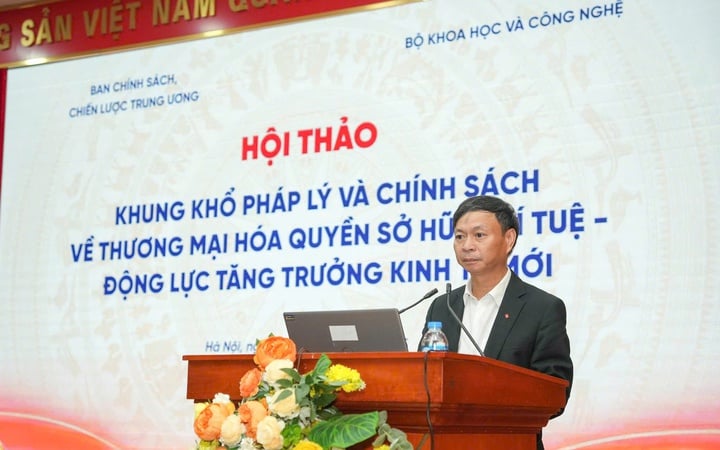
Intellectual Property – The Bridge from Creativity to Market
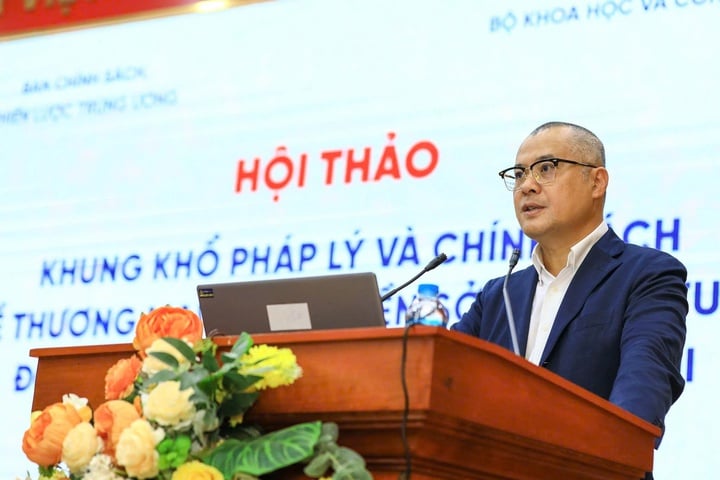
Member of the Party Central Committee, Deputy Head of the Central Policy and Strategy Committee Pham Dai Duong
speaking at the event.
At the workshop, Party Central Committee member, Deputy Head of the Central Policy and Strategy Committee Pham Dai Duong emphasized the key role of science, technology, and innovation (S&T, I&I) in socio -economic development in the digital age. Mr. Pham Dai Duong quoted the message of General Secretary To Lam at the National Innovation Festival (October 1): "Any country that is one step ahead in S&T, I&I will have a strategic competitive advantage and move quickly and far; anyone who is slow to innovate will be left behind. No country can 'take off' with a poor S&T foundation and slow I&I activities".
According to Mr. Pham Dai Duong, Resolution 57 of the Politburo and Plan No. 01 implementing the Resolution have emphasized the position of intellectual property rights (IP) in the innovation ecosystem. Breakthrough initiative No. 7 stated in Plan No. 01 directly related to the IP ecosystem and knowledge and technology transfer has affirmed the need to create a favorable environment and effective mechanisms for the protection, exploitation, commercialization of intellectual property and strongly promote technology transfer activities between research institutes, universities and enterprises.
From that spirit, Mr. Pham Dai Duong suggested that the workshop focus on four core groups of content: Completing the legal and policy framework to keep up with the trend of commercialization of securities in the world ; Removing institutional and financial "bottlenecks" related to recording, valuation, accounting, credit, tax and incentives for securities; Developing the securities market infrastructure: trading floors, financial sandboxes, specialized investment funds suitable for Vietnam's conditions; Multi-stakeholder coordination mechanism (State - schools - enterprises - banks - investment funds - intermediary organizations) so that securities truly become the growth engine of the economy.
Urgent need to adjust the legal framework
Attending and speaking at the event, Deputy Minister Hoang Minh said that Vietnam's intellectual property law system has been built and developed continuously over the past two decades, creating an important legal framework for intellectual property protection activities, promoting research and innovation.
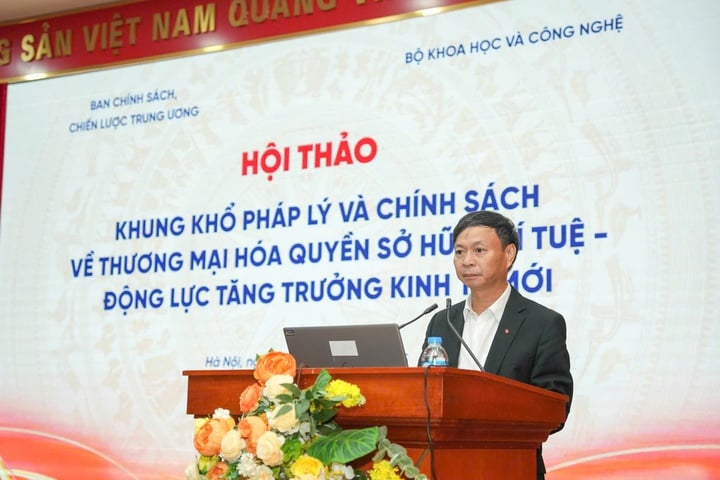
Deputy Minister of Science and Technology Hoang Minh.
The number of patent applications and utility solutions by Vietnamese people increased by an average of 11.7% per year in the period 2014-2024. However, the reality shows that commercialization activities are still very limited, due to many different aspects, in which the current legal framework, although creating a foundation for protection, is not strong enough to promote application and commercial exploitation.
"The Ministry of Science and Technology, as the leading agency, has coordinated with relevant ministries, branches and agencies to review intellectual property laws. The review shows that many regulations on establishing, exploiting, valuing and transferring intellectual property have not kept up with practical requirements, are scattered and lack consistency with other laws," the Deputy Minister said.
From these shortcomings, the Drafting Committee of the Law amending and supplementing a number of articles of the Law on Intellectual Property has proposed policies to amend and supplement in the direction of expanding the right of disposal of intellectual property owners, establishing a transparent mechanism for capital contribution, transfer, valuation and mortgage activities, and at the same time encouraging the formation and development of intermediary organizations such as trading floors, technology transfer offices, and intellectual property valuation organizations.
The proposed amendments and supplements are based on international experience and analysis of practical conditions in Vietnam. The provisions are designed not only to address immediate shortcomings, but also to create a legal framework that can adapt in the long term, especially in the context of rapidly changing technology. Feasibility, consistency and stability of the law are the principles that are thoroughly understood during the drafting process.
To ensure that the draft law has a solid scientific basis and practical foundation, the Ministry of Science and Technology has organized many consultation activities with relevant entities for each different policy.
According to Deputy Minister Hoang Minh, the policy on commercialization of intellectual property rights is a difficult and complicated issue because it involves many different factors: the rights of owners, business development requirements, market operating conditions, as well as the responsibilities of management agencies.
Prominent issues that need to be carefully analyzed include the scope of owner discretion, valuation and capital contribution mechanisms, transaction and transfer methods, the role of intermediary organizations, and supporting financial and tax policies.
"Discussing these issues is not only meaningful for completing the draft law, but also contributes to forming common awareness and creating social consensus on policy orientation in the coming time. Especially specific and experimental policies that need to be applied in the financial sector" - Deputy Minister Hoang Minh clearly stated.
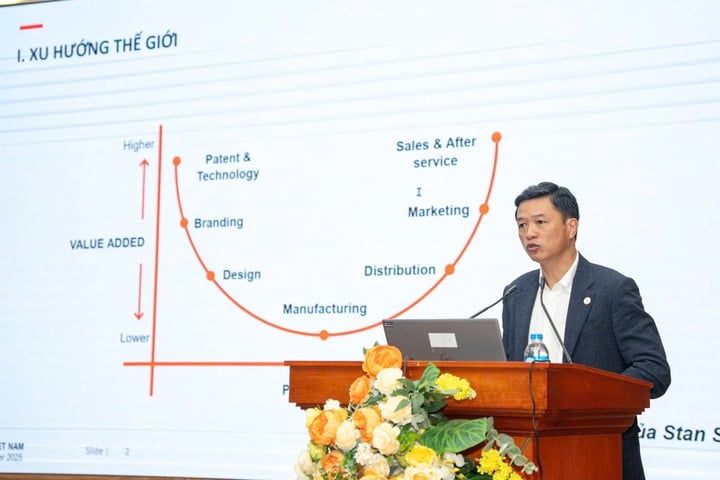
Mr. Luu Hoang Long, Director of the National Office of Intellectual Property, Ministry of Science and Technology.
At the workshop, Mr. Luu Hoang Long, Director of the National Office of Intellectual Property, also emphasized the trend of shifting IP management thinking in the world: from the goal of protection and defense to considering IP as a strategy for management, business and finance of enterprises. In S&P 500 enterprises, intangible assets currently account for about 90% of market value; in the period 2008 - 2024, investment in intangible assets increased by an average of 4.1%/year, 3.7 times faster than tangible assets, becoming the main driving force of the global investment trend.
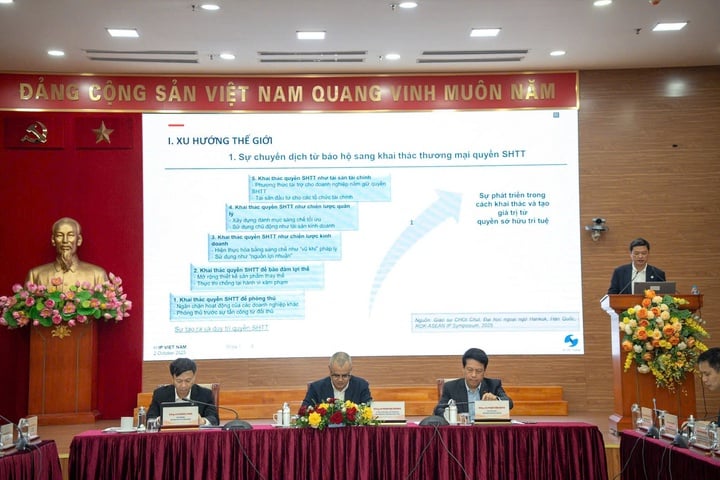
Overview of the event.
Regarding the operating model, Mr. Luu Hoang Long said that South Korea is a typical example: since 2015, this country has shifted from "supply" support (patent management) to "demand" support (going straight to the technology needs of businesses), connecting businesses with rights holders or placing research orders with schools/institutes. Result: the number of transferred patents doubled in 7 years; the commercialization value from 0.3 billion USD (2017) to 6 billion USD (2022), increasing 20 times in just 5 years.
Mr. Luu Hoang Long also analyzed that finance based on intellectual property is the decisive link. With the global value of intellectual property estimated at nearly 80 trillion USD, many countries have implemented intellectual property mortgages, securitization of cash flow from intellectual property, specialized investment funds... to help businesses access capital more effectively.
However, Mr. Long commented that the current major challenge is information asymmetry: banks are still limited in appraisal, valuation, and risk management of intangible assets. Therefore, it is necessary to standardize valuation methods, reference databases, intellectual property risk insurance, and accounting and auditing guidelines so that intangible assets become widely recognized assets in the capital market.
Based on the above practices, the National Office of Intellectual Property recommends that the amendment of the Law on Intellectual Property should focus on the following key points: strengthening the protection of intellectual property rights in the country; promoting the exploitation and commercialization of intellectual property; turning intellectual property into a tool for developing science, technology and innovation; and at the same time improving national competitiveness.
Source: https://mst.gov.vn/thuong-mai-hoa-quyen-so-huu-tri-tue-dong-luc-moi-cho-tang-truong-kinh-te-viet-nam-197251003162945031.htm



![[Photo] Bustling Mid-Autumn Festival at the Museum of Ethnology](https://vphoto.vietnam.vn/thumb/1200x675/vietnam/resource/IMAGE/2025/10/4/da8d5927734d4ca58e3eced14bc435a3)
![[Photo] General Secretary To Lam attends the 8th Congress of the Central Public Security Party Committee](https://vphoto.vietnam.vn/thumb/1200x675/vietnam/resource/IMAGE/2025/10/4/79fadf490f674dc483794f2d955f6045)
![[Photo] Solemn opening of the 8th Congress of the Central Public Security Party Committee, term 2025-2030](https://vphoto.vietnam.vn/thumb/1200x675/vietnam/resource/IMAGE/2025/10/4/f3b00fb779f44979809441a4dac5c7df)








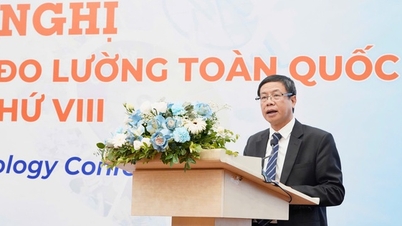









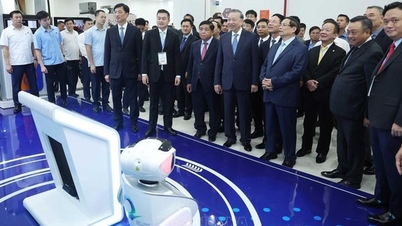



























![[VIDEO] Summary of Petrovietnam's 50th Anniversary Ceremony](https://vphoto.vietnam.vn/thumb/402x226/vietnam/resource/IMAGE/2025/10/4/abe133bdb8114793a16d4fe3e5bd0f12)

![[VIDEO] GENERAL SECRETARY TO LAM AWARDS PETROVIETNAM 8 GOLDEN WORDS: "PIONEER - EXCELLENT - SUSTAINABLE - GLOBAL"](https://vphoto.vietnam.vn/thumb/402x226/vietnam/resource/IMAGE/2025/7/23/c2fdb48863e846cfa9fb8e6ea9cf44e7)








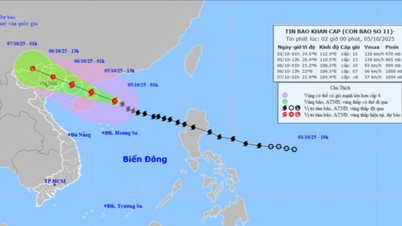

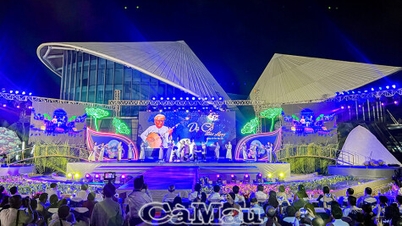

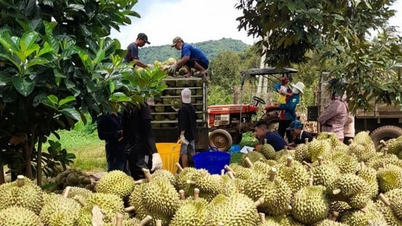

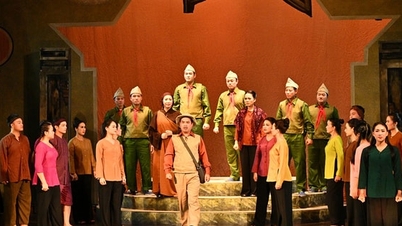

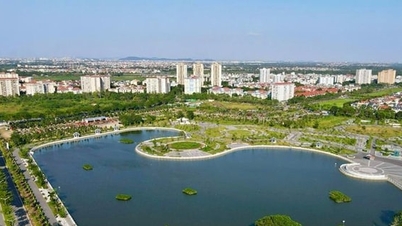






Comment (0)